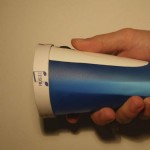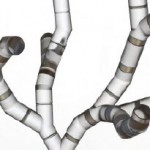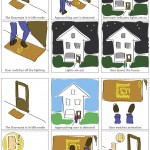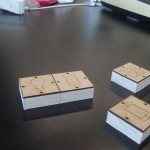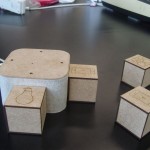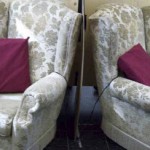by Gerrit Niezen.
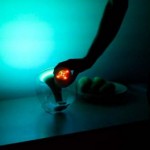 The thesis describes the design and development of an ontology and software framework to support user interaction in
The thesis describes the design and development of an ontology and software framework to support user interaction in
ubiquitous computing scenarios. The key goal of ubiquitous
computing is “serendipitous interoperability”, where devices
that were not necessarily designed to work together should be
able to discover each other’s functionality and be able to make
use of it. Future ubiquitous computing scenarios involve hundreds of devices. Therefore, anticipating all the different types
of devices and usage scenarios a priori is an unmanageable
task.
FULLTEXT: PDF
